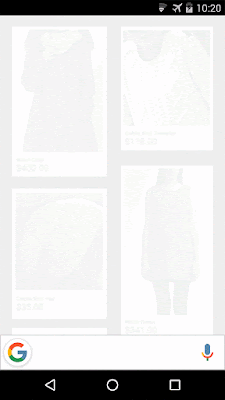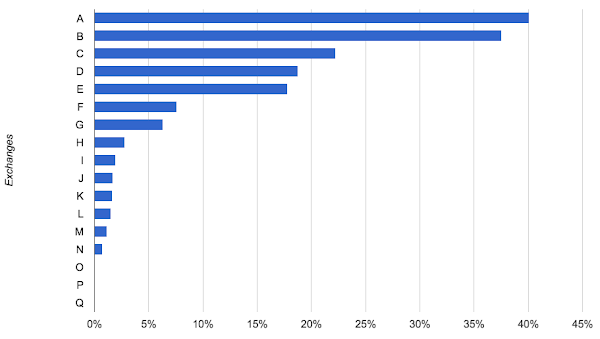As a brand trying to reach consumers in today’s increasingly fragmented media landscape, it is critical that you understand the impact of your ads on brand metrics such as awareness and consideration.
Viewability is the starting point, an initial understanding of whether the ad had a chance to be seen. We have talked before about why
measuring the viewability of advertising matters.
In December 2014, we
shared insights on the state of display ad viewability across the web. As a continuation of that effort, in May we released
new insights from our video ad platforms, including YouTube, to start the discussion about the state of video ad viewability.
We wanted to take this research a step further, by analyzing the relationship between viewability and brand metrics.
To do so, we took our
Brand Lift solution, which gives you insights into what impact your ads have on the consumer journey - from awareness, to ad recall, to brand interest - and tied the data to viewability metrics from our
Active View technology for a set of YouTube TrueView ads. By connecting these two solutions, we were able to draw out some insights about the relationship between viewability and brand metrics.
Sight, sound and motion combined drive higher lift
When it comes to brand metrics, ad recall is a foundation for measuring the impact of your ad. As a brand advertiser, knowing if your ad breaks through with users is a key first step to understanding the overall impact of an ad on a suite of brand metrics. In this analysis, we were able to analyze how being able to hear and see your ad affected a user’s ability to recall your ad.
Our data shows that users exposed to even one aspect of your video ad (audio or video only), exhibit significant lift in ad recall. However, the full immersive experience of sight, sound and motion delivers more ad recall than either audio or video alone. In fact, the impact on ad recall was 23% higher when users were exposed to ads with audio and video together versus ads with just audio alone.
The longer in view, the better you do (on brand metrics)
Time in view also plays a large role when it comes to moving the needle on brand awareness and consideration. We
recently introduced the ability for Active View users to measure average viewable time - the average time, in seconds, a given ad appeared on screen - in Doubleclick Bid Manager. By connecting these measurements, we can see the relationship between viewable time and brand metrics.
We found that there is a consistent relationship between how long an ad is viewable and increases in brand awareness and consideration. The longer a user views your ad, the higher the lift in these two important brand metrics:
What the results mean for your brand
These results prompt you to think about your brand advertising in a few important ways:
- Are users viewing your creative for longer periods of time? Brand metrics continue to get higher the longer a user views your ad.
- Are you buying the right media to have an impact on brand metrics? YouTube’s opt-in TrueView ads are uniquely suited to deliver long-form video content at scale for brand advertisers.
- Finally, are you thinking beyond viewability to capture effectiveness metrics? You want your ads to move consumers at the moments that matter, and measuring the impact on brand metrics will make for more effective ad spend.
This is just the beginning of understanding what impacts brand metrics for video ads. As brands look to measure the effectiveness of their digital video advertising, a continued understanding of what factors drive brand metrics will be crucial to more effective brand spend.
Read further research on
the impact of online video.
To read all of our research on viewability, check out
thinkwithgoogle.com/viewability.
To see how viewability is measured, visit
our interactive Active View demo.
 |
Posted by Sanaz Ahari
Group Product Manager, Brand Measurement, Google |






















